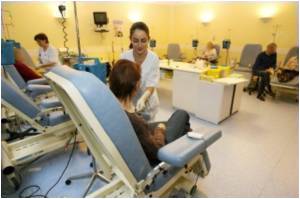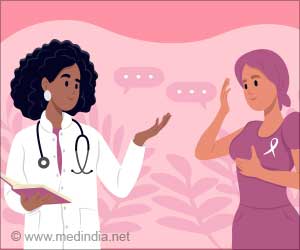Women with breast cancer aged 35 or younger were more likely than older women to achieve a pathological complete response after neoadjuvant chemotherapy.

Loibl and colleagues evaluated data from eight German studies that included 8,949 women with operable or locally advanced, nonmetastatic breast cancer who were treated with neoadjuvant chemotherapy. The researchers compared pathological complete response and disease-free survival for the subgroup of 704 women aged 35 or younger to those of older women. The subgroup of younger women included a greater proportion of triple-negative breast cancer cases and a smaller proportion of luminal A-type breast cancer cases than in the group of women aged older than 35 (26 percent versus 19 percent and 21 percent versus 27 percent for triple-negative and luminal A-type, respectively).
The pathological complete response rate was significantly higher in very young women - 23.6 percent compared with 15.7 percent among older women. Through further analysis, the researchers found this difference was isolated to women with triple-negative breast cancer and luminal-like breast cancer.
They found no difference in disease-free survival according to age among those patients who achieved a pathological complete response. However, disease-free survival was significantly worse among young women who did not achieve a pathological complete response.
In addition, tumor biology seemed to play an important role, especially in young women, for predicting pathological complete response and survival, according to Loibl. Age, but not pathological complete response, predicted disease-free survival in women with luminal A-type cancer. However, the worst disease-free survival rate was among women with this type of cancer who were younger than 35 and did not achieve a pathological complete response. The best disease-free survival rate was among women younger than 35 who did achieve a pathological complete response.
"The most surprising finding was that young women with a luminal-type tumor - hormone receptor-positive and HER2-negative - who achieved a pathological complete response had a better survival rate than the patients with nonpathological complete response," Loibl said. "This is not true for other age groups, which indicates that breast cancer in the young - even when a luminal-type breast cancer - is chemosensitive."
Advertisement















